Portugal, road trips

Portugal by... Condé Nast Traveler
An unforgivable failure for any traveller is to believe that magic can only be found in the most remote places. It is no overstatement to say that Portugal is one of the world’s most wonderful destinations and, fortunately, distances can be covered by car.
For this reason, and so you don’t have any excuses, we propose various tours by road so that you can map out your own Portuguese road trip. There’s only one condition: don’t hurry and don’t ever hesitate to detour from the defined route, including those proposed below.
Valença- Braga- Guimarães Guimarães- Porto
The border between Spain and Portugal has seen all kinds of neighbouring relations: territorial wars, smuggling activities and, more recently, the civilised exchange of travellers and tourists. One of the traditional gateways into Portugal from Spain (if indeed you could choose a single entry point along a border more than 2000km long) is Valença do Minho, which borders with Galicia. This beautiful city is known for being a major market for tourists seeking household linens, but the truth is that it has an attractive historic centre and offers a fabulous view from the top of its strategic walls over the River Minho and the Spanish river bank. From here, you can carry on to Braga, a seductive city of bustling streets, where you will find one of the youngest populations in the country. Very close to the city, you can visit the Bom Jesus shrine with its baroque zigzagging steps which create the perspective of an endless staircase, worthy of an Escher painting. As you leave Braga, you can take the N101 to Guimarães, unquestionably one of the most monumental historic centres in Portugal. You can then head to the peaceful town of Vila do Conde, on the coast, with its fortress built to keep pirates away, and its picturesque fishermen’s quarter. From here, take the coastal road to Porto, probably the last forgotten jewel in Europe.
Guarda-Coimbra-Lisboa
You will enter Portugal on the N620 from the province of Salamanca, crossing one of the most mountainous and historically fortified regions, as the ruins of the Castelo Bom and Castelo Mendo castles will attest. After crossing the city of Guarda, the N16 road enters the Serra da Estrela Natural Park. The ruins of Celorico da Beira castle are a prime viewpoint to admire the mountain and the Mondego valley landscape. At km 157, after a short detour on the A25, you reach Viseu, an ideal place for a leisurely stroll and to taste the region’s cheeses. At km 220, you will arrive in the Buçaco forest, which might as well be called a rainforest since it conveys the lush, whimsical, fanciful impression of an atmosphere typical of botanical gardens that contain species from all over the world. Continue to Coimbra, the Portuguese university city par excellence, where visitors inevitably feel a bout of nostalgia for their student days. The best therapy is to spend an evening listening to fado, classified by UNESCO as World Heritage, as famous in Coimbra as it is in Lisbon. From Coimbra, you can head to the Portuguese capital, following a route marked by the memory of mythical battles, such as Aljubarrota. Once in Lisbon, you can continue to Sintra where you will find architectural gems worthy of a fairy tale, such as the Pena National Palace.
The Tagus
The Romans built a road linking Emerita Augusta to the Atlantic coast and future generations covered it in tar and called it N246 and N118. This is the route to follow to enter Portugal from the Cáceres district, along the course of the Tagus, to get to Lisbon. On the way, you will find Marvão, Belver and Almourol castles, the Pegões aqueduct, Tomar (with its World Heritage Convent of Christ), the Paul do Boquilobo Nature Reserve and the prime natural viewpoint over the Tagus from Santarém.
Estremoz-Évora- Sines
The pleasant rolling landscape of the Estremadura cork oak terrain, with its cork oak and olive tree hills, blends seamlessly into the Portuguese region of Alentejo, ignoring geographic borders. Entering on the A6 from Badajoz, you will arrive in Évora, the old artistic and cultural centre of the country in the 15th and 16th centuries, which preserves to this day a labyrinthine, monumental historic centre, listed by UNESCO as World Heritage, combining narrow streets, Gothic frontages, whitewashed houses and Roman ruins. The only problem in Évora is that you will want to stay and cut short your trip. But you must carry on, along secondary roads, to enjoy the peaceful settlements of Alentejo, with their whitewashed houses and slow-paced life, and an unhurried coffee: places such as the walled village of Évoramonte, accessible on a short detour from the A6, and Santa Susana, with its geometric streets of white houses edged in blue. The tour ends at the wild beaches of Alentejo, with the cliffs south of Sines and the endless beaches of Almograve.
From Barlavento to the Vicentina Coast (Algarve)
It is widely suggested that the Southern coast of the Algarve is much more touristy than the Vicentina Coast which stretches north from Cape São Vicente to Alentejo. However, you must discover both coastlines, each with its peculiar charms, and even better, experience the seamless transition between Barlavento’s sophisticated boutique hotels and the bar at Amoreira beach, hugging the Monchique Mountain, with its wrought iron locker rooms, pastel colours and exotic palm trees. After paying tribute to the Portimão sardines, an option is to take the N124 and the sinuous N266 to Monchique. From here, the N267 heads to Aljezur, on the Vicentina Coast. At this point, you will be faced with a dilemma: either enjoy the wild coast that extends north to Odeceixe (where, if you’re lucky, you can meet and talk with the windmill’s owner) or head south, to Cape São Vicente, the place where all European winds arise.
From Lisbon to the South
After a few days in Lisbon, the visitor will be tempted to head south, following the Atlantic coast, in search of the Alentejo and Algarve beaches, albeit with leisurely stops on the way. As you leave Lisbon, head to Setúbal, making a short detour on the N379 to the fishing port in Sesimbra. From Setúbal, you will enter the Sado Estuary Nature Reserve stretching along the Troia peninsula, a saltmarsh with a 17km long sandy stretch. The N253 will take you to the tip of the peninsula, ending in the deliciously rambling village of Comporta, on the saltmarsh bank. From here, continue on the IP8 to Grândola, a discreet town, which holds a very special place in the hearts of the Portuguese thanks to the song Grândola Vila Morena which was used as the radio broadcast countersign for the 1974 Carnation Revolution. The N261-2 will lead you to the Lower Alentejo through mountain and forest landscapes which smoothly descend to Melides on the coast. From here, always heading south, the visitor will follow along the wild beaches of the Alentejo and the Algarve.
The Guadiana border
On one side, Alcoutim; on the other, Sanlúcar de Guadiana. Halfway, the visitor coming by boat will be stuck between two time zones, surrounded by a landscape of trees and forest and quaint whitewashed houses with their own landing stages. Make a break in your road trip to sail to the mouth of the River Guadiana, heading towards Vila Real de Santo António, on the border between Huelva and the Algarve. Swap the boat for the car and enter the Ria Formosa Natural Park, from the Algarve Sotavento, with its shallow, warm waters, sheltered from the open sea and skirted by forts converted into hotels. Here, you will find real picture postcard villages such as Cabanas, lively fishing ports such as Olhão, and beaches extending for miles.

















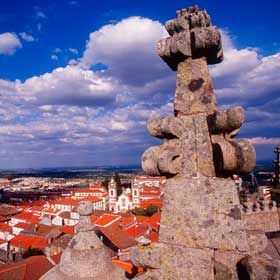
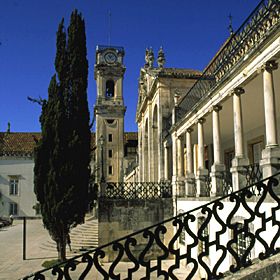
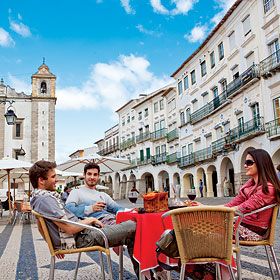

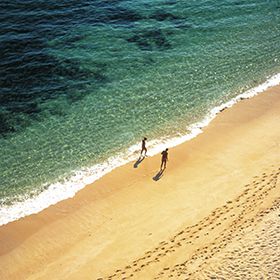
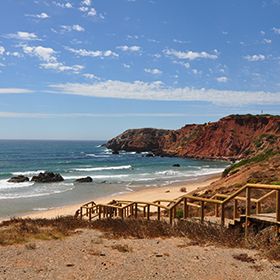
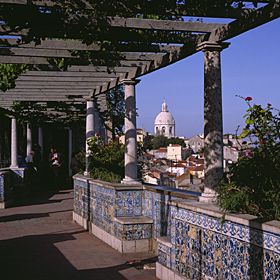


 Explore
Explore 
 Remember and Share
Remember and Share 


